One of the most famous tourist destinations in the world is Venice. What makes it popular is the Venice Carnival. You will find people from all corners of the globe traveling to Venice to attend the Venice Carnival festival.
On the first night, there’s usually a grand opening where beautifully lit structures will be floating along the Grand Canal. The following morning is usually the Venetian Festival, where people will be dressed in Venetian costumes. The costumes include the Venetian Carnival masks. You need to visit Venice and see how it is transformed during the Carnival.
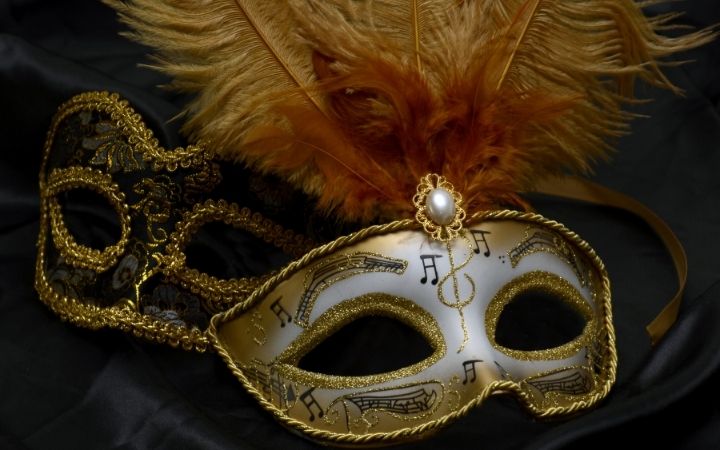
What is the origin and the history behind the Venice Carnival?
Being a well-known festival throughout the year, the Venice Carnival did not just come into existence! The carnival origin is from the word ‘Carnevale’ in Italian, derived from the Latin words “carnem levare,” which means to take away meat! This is a time that is devoted by Christians to prepare for the lent season. During the period, the Catholic faithful are prohibited from taking meat.
The Carnival of Venice takes place every year in February. It commences two weeks before Ash Wednesday and comes to an end on Shrove Tuesday or Fat Tuesday, Martedi in Italian and Mardi in French.
The main feature of the Carnival in Venice has been the Venetian masquerade masks and other costumes. The Venetian mask would allow someone to hide their identity and eliminate social differences among the people.
By the 18th century, the Venice Carnival became so popular that it attracted people from all over the world. It was a place of music and dance that went non-stop. This period is associated with the carnival cast that included the Venetian painter Francesco Guardi and Venetian adventurer Giacomo Casanova.
When Napoleon signed the Treaty of Campo Formio, and Venice became part of the Austrian kingdom, the Venice Carnival was banned. The Carnival disappeared for almost two centuries and was revived in 1980. The unique Italian traditions made Venice one of the best carnival destinations worldwide.
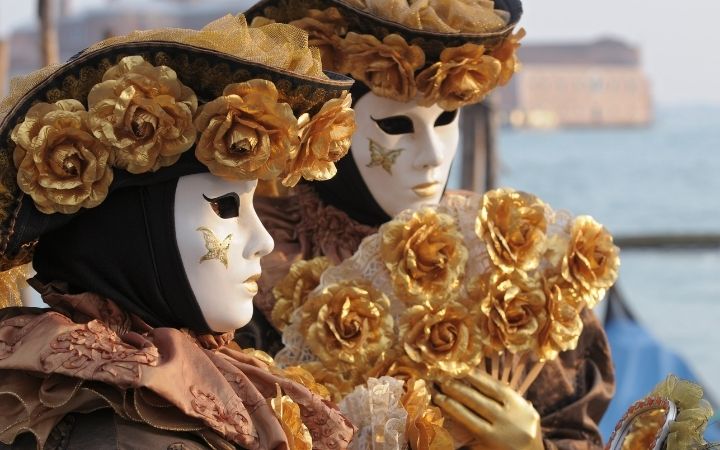
Italian carnival food
You already understand that Carnival means to take away meat. This means that during the celebrations, no meat is allowed. There are traditional carnival dishes that are prepared during this time. Throughout Italy, Carnival is a period for sweet pastries that are usually some fritters dusted in sugar. The fritters have a variety of names depending on the region. For instance, in Lombardy, they are called chiacchiere; in Rome, they are named frappe and are known as cenci in Tuscany.
Here are some of the carnival foods you can try:
- Lasagna with Ricotta – this is a Neopolitan dish that will amaze your guests.
- Baked Macaroni – it is a creamy pasta dish that is a favorite in both America and Italy.
- Chiacchiere (fried dough strips)- they are also called cenci or frappe. They are strips of fried dough that are very popular in Italy.
- Migliaccio (lemon and ricotta cake) – this is a Neopolitan carnival treat that gets its soft crumb from fresh ricotta cheese and semolina flour. It is like an American cheesecake but fluffier and lighter.
- Fritole Veneziane (Venetian Carnival fritters) -These are doughnuts that are flavored with lemon zest, rum, raisins, or zabaglione. They are also dusted with sugar.
- Tortelli Dolci (baked sweet ravioli together with ricotta and chocolate chips) is baked and not fried compared to other Italian carnival desserts.
- Cannoli – these are ricotta-filled fried wafers. They were a carnival dessert but very popular throughout the year.
- Pignolata (fritters with honey and pine nuts) – they are small fritters tossed in honey and then sprinkled with festive candy confetti and nuts. They are similar to struffoli that are a Neopolitan Christmas sweet.
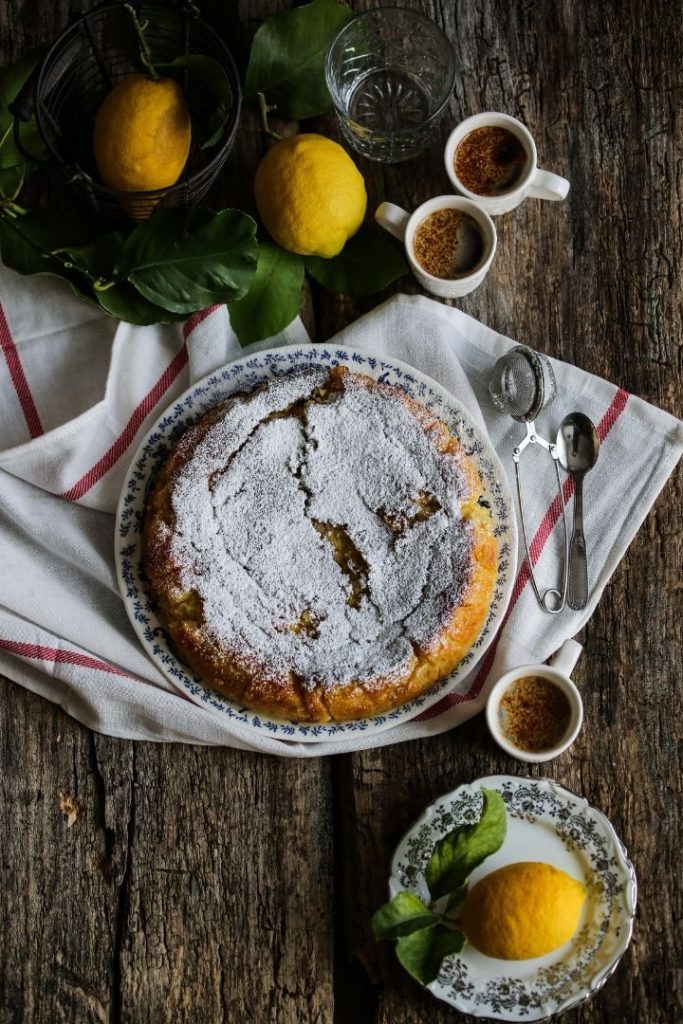
About the Costumes and masks
The Carnivale di Venezia is amongst the most famous carnivals around the world. Many visitors travel to Venice to have a glimpse of Venetian masks and costumes that are always paraded in the streets. Creating masks is an Italian tradition that began hundreds of years ago. The Carnival of Venice is always unique as a result of the masks.
Since the ancient days of the Carnival, costumes and masks wearing gave rise to the growth in trade, since many artisans produce more extravagant and stylish masks. In the 17th century, there was one called Bauta, which is a white mask under a black hat and black cloak. The Bauta could also be used when one wanted to court someone anonymously. On the other hand, women would wear a costume called Moretta Muta, which means mute.
The major attraction of the Carnival and Venice remains the masks and costumes. You will find the different masks and costumes from the 18th century and modern varieties too. As soon as visitors get into the city, they buy themselves masks. This makes them feel part of the festival. You will find the masks at a few euros in some of the shops and stands.
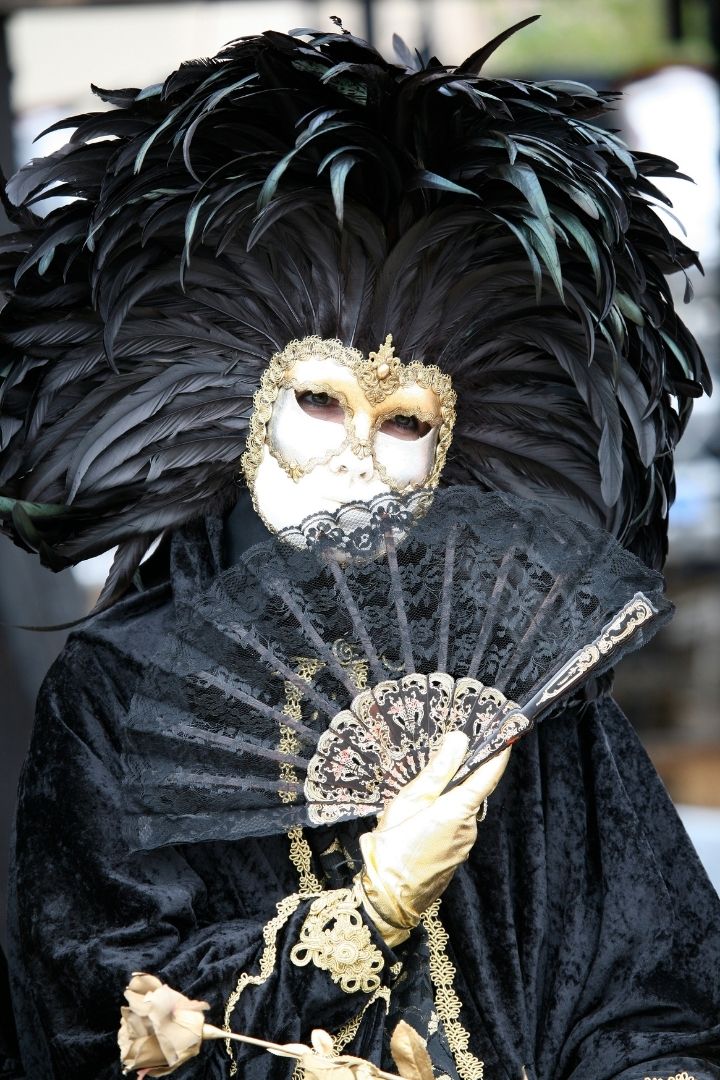
Celebrations that take place during the carnival time in Italy
During Carnival Italy, many festivities take place not only in Venice but also in other regions. Here are the towns and what specifically happens:
1. Venice
The Venice Carnevale season begins two weeks before the exact date of the Carnevale. You will find people in costumes and masks wandering in the city. A lot of entertainment and other events happen during the night throughout the town of Venice. High-end-hotels hold masked balls during Carnevale, and they also avail costumes that can be hired by their clients.
The main Carnevale events happen around the Piazza San Marco, but events are held in every sestiere or quarter of Venice. You will also find boat and gondola parades along the Grand Canal, a special Carnevale for children in the Cannaregio district, and a mask parade in Piazza San Marco. Fireworks in Piazza San Marco mark the climax of the event.
2. Ivrea
The town of Ivrea, which is found in the Piedmont Region, uniquely celebrates the carnival. The celebration consists of a colorful parade followed by battles of throwing oranges in the town’s center.
The carnival origin of throwing oranges is not very clear. Stories are told of a young girl called Violetta who declined the advances of a ruling tyrant. She killed him, and there was chaos that led to the burning of his castle. In the modern era, a girl represents Violetta, while orange-throwers represent both the tyrant and the peasants. They throw oranges at each other. The oranges are meant to represent ancient weapons and stones.
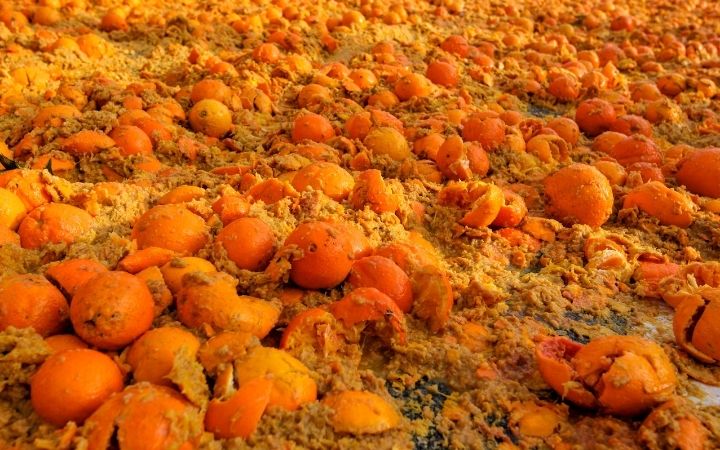
3. Sardinia
The island of Sardinia also uniquely celebrates the Carnival. There are ghostly masks that are worn. Cults and rites influence them. In Oristano’s west coast town, the celebrations are marked by horse races, a parade of costumes, and a reenactment of a medieval jousting tournament called La Sartigilia.
4. Viareggio
Viareggio is a town found on the Tuscan coast. It is known to have one of the biggest carnival celebrations in the whole of Italy. You will find cultural events, concerts, and masked balls in Viareggio and its surrounding areas.
In the city, you will also find paper-mache floats used in the many parades held throughout the season. The last parade is held on a Saturday night, and a firework show follows.
5. Acireale
The most beautiful carnival shows take place here. There are paper- and flower mache allegorical floats that are similar to those of the 1601s. Activities that take place include music, children’s events, a chess tournament, and a firework show wraps it up!
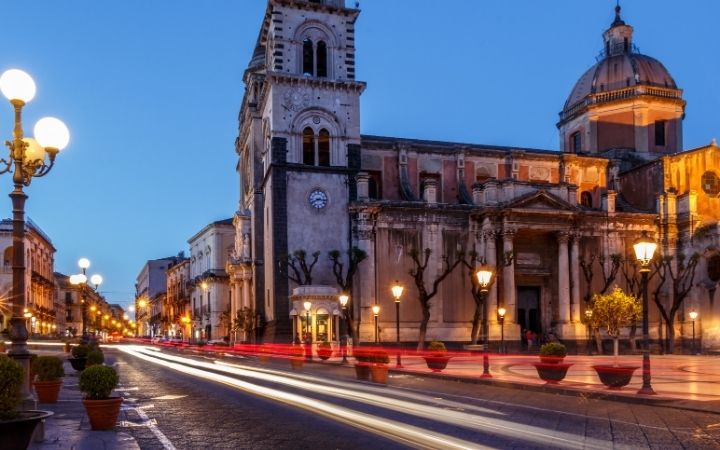
6. Cento
Cento is found in the Emilia-Romagna region. It is linked to Rio de Janeiro in Brazil because of floats that are high in quality and include Brazillian items. The winning float in Cento is always taken to Brazil for their Carnival celebrations.
7. Verona
On Fat Tuesday, Verona hosts a massive parade with more than 500 floats. The most delicious and unique tradition occurs on a Friday before. It is called Gnocchi Friday. To honor the potato-based dumpling, papa ‘de’ Gnocco or the father of Gnocchi is elected. On Gnocchi Friday, free Gnocchi and red wine are served.
8. Livigno
This is the Alpine resort town near the Swiss border. It celebrates the Carnival in the snow. There is always a procession of downhill skiers and obstacle race on the mountain. In town, a traditional parade is held.
9. Calabria
There are Albanian settlements in Calabria, which is found in the Southern region of Italy. During the Carnevale, people are always dressed in Albanian costumes. In Northern Calabria, Montalto Uffugo holds a wedding parade where men put on women’s dresses. After that, kings and queens arrive for a dance night while wearing costumes that include giant heads.
10. Pont-Saint-Martin
Pont-Saint-Martin celebrates the Carnevale in the Roman style. People are dressed in togas and as nymphs. The evening of the Fat Tuesday festivities begins with the hanging and burning of an effigy of the devil.
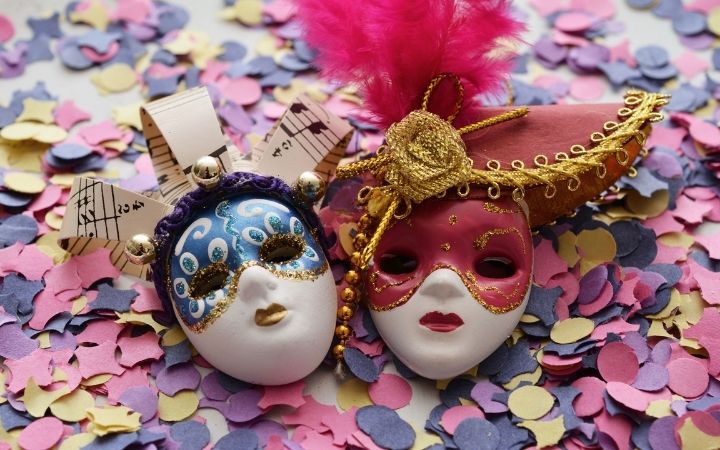
What are some of the Venice Carnival traditions?
The carnival period in Venice is full of traditions practiced in the past but are being practiced in recent times. Here are some of them:
- Flight of the Angel – it was performed for the first time in the 16th century. A Turkish tightrope walker would reach the top of the bell tower then go down spectacularly. Since then, acrobats do the same. There are little changes whereby gifts are given to the crowd. The angel acrobat was replaced by a wooden barrel until 2001 when real “angels” were chosen from singers and athletes, usually women.
- Festa Delle Marie – in this event, twelve Venetian girls who are poor and graceful are chosen. They must have celebrated their wedding on the day of Mary’s purification, which is 2nd February. They are given sumptuous clothes and ornaments. It is called the Marie Parade.
- Fritelle and Galani – These are the sweets of this period. The pancakes are balls of sweet dough that have been fried. It is often stuffed with eggnog or cream. The galani is also called chiacchere. It is a sort of sweet lasagna that is fried and finished with icing sugar sprinkled on it.
Summary
To sum up, with all these events happening during the Carnevale di Venezia, you don’t want to miss it! Get your backpacks ready for the next trip!

Community of passionate writers and content creators who share a love for Italian heritage, culture, travel, food, and the Italian-American community. Our mission is to celebrate Italy’s rich history and traditions and connect with others who share the same passion.

